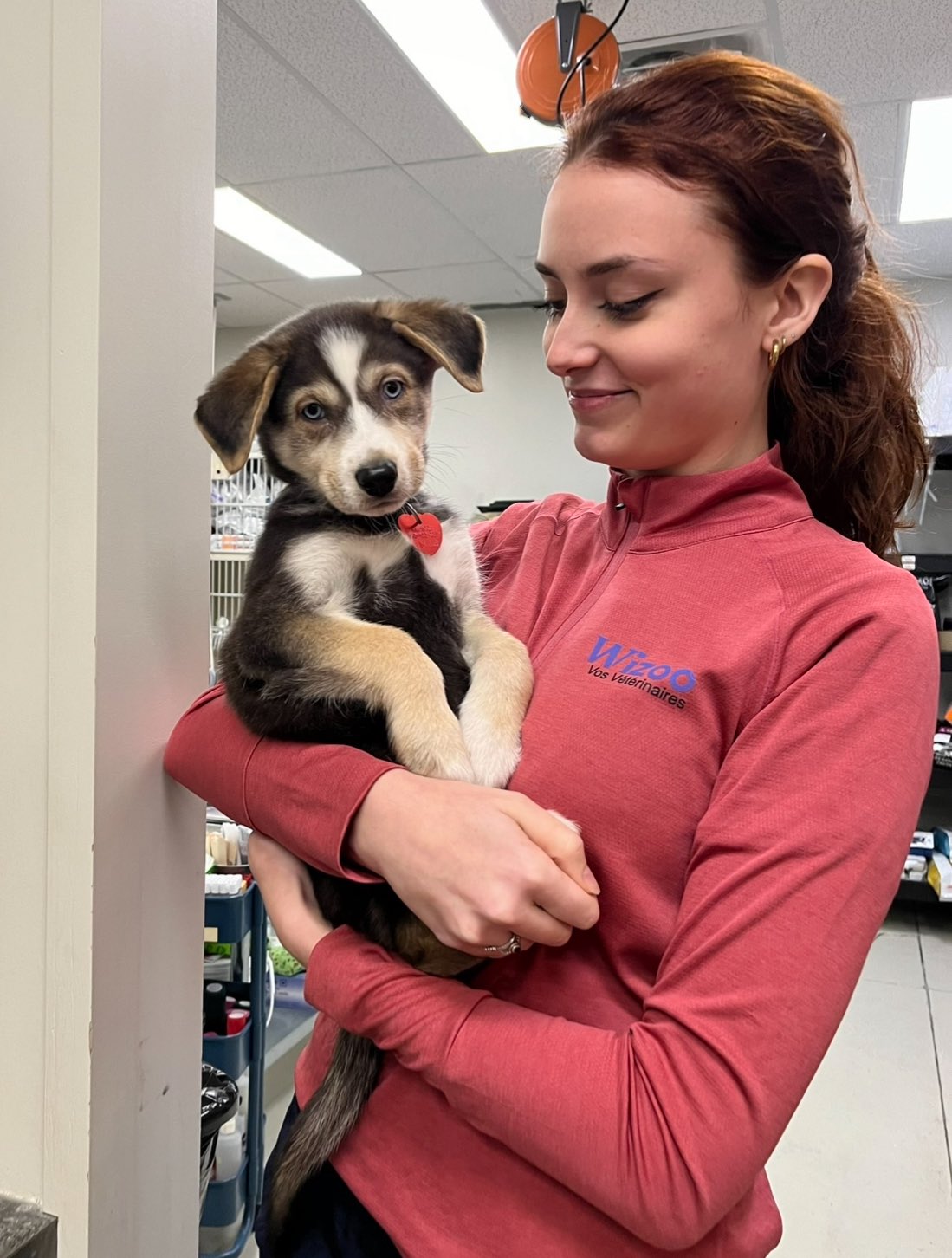You are running! You are still running! You feel like you’re running out of breath, your legs are shaking and cramps are piercing your sides like daggers. Brutus, your non castrated dog, all jolly, thinks that this is a game and gambols happily while performing aerobatics in the middle of Don Quichotte Boulevard! And now, two blocks away, a beautiful female poodle in heat, who goes by the name Cannelle, has been releasing pheromones for a week. So this morning, after dreaming about her all night, Brutus got up with one thought in mind… to join Cannelle, despite your boring plans to go to work!
There is pain and… pain.
So here you are, faced with the big decision of castrating your handsome big Brutus, as to calm down his runaway passions. Whether it’s for your cat, your dog, or any other pet, it is very important when selecting the veterinarian who will perform a surgical procedure on your pet to take the time to educate yourself about the anesthesia protocols and especially about the pain control protocols that are in place… before, during and after surgery. Oh yes! It’s not just about putting your pet under anesthesia to be able to assume that it will not feel the pain of the intervention, or its aftermath.
Indeed, even if the conscious brain of your animal is shut down during anesthesia, the part of the brain that feels pain remains very well active if it is not specifically shut down as well. A good anesthesia therefore has two components: one which causes the loss of the state of consciousness (the anesthesia as such) and the other which causes the loss/decrease of the sensation of pain (analgesia) for a period that INCLUDES the awakening of the animal and a minimum of four hours AFTER this awakening. By making sure that your pet sleeps peacefully and feels no pain during the surgery, you protect the nerve endings of his system and prevent the development of phantom pain, phantom limbs, or chronic pain.
A very good example of phantom pain is the one that can be induced by declawing in cats, a procedure that is now strongly discouraged by the Quebec Order of Veterinary Physicians, and which consists in amputating the last phalanx of each finger of the hands and feet of the animal. If the paw is not numbed by the administration of a systemic morphine (Hydromorphone) AND by the local injection of an analgesic, the nerve endings having been attacked without numbing will continue to emit warning signals, even after the amputation is over. The cat can then develop phantom limb pain that it will have to endure all its life.
Asking the right questions.
In short, it is often difficult to navigate through this complex terminology while ensuring that you’re getting quality medical service for your big Brutus. So here is a brief guide that includes some important questions to ask during your investigation:
As you can see, relieving pain is my favourite topic! I hope I was able to demystify for you the ABCs of pain!
Dr. Sarah Annie Guénette
BSc Zoology, DMV, PhD Anesthesia and Analgesia




